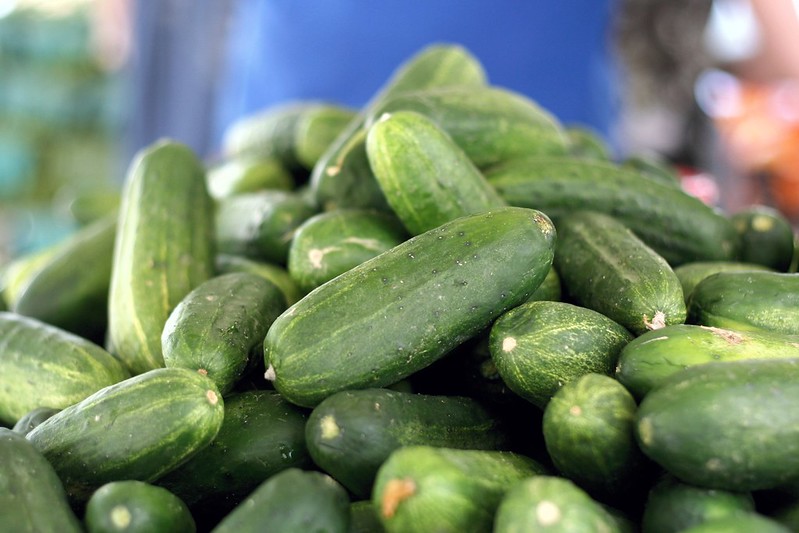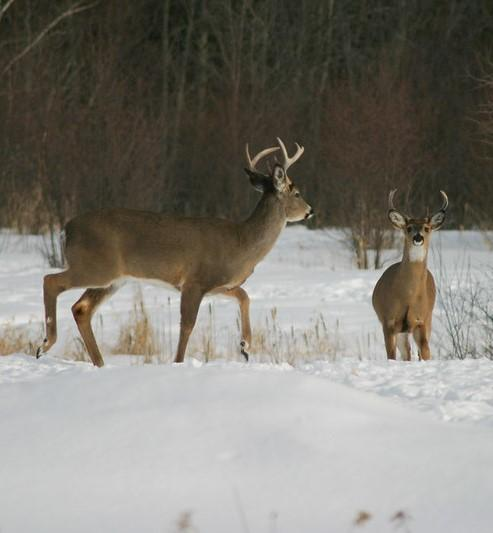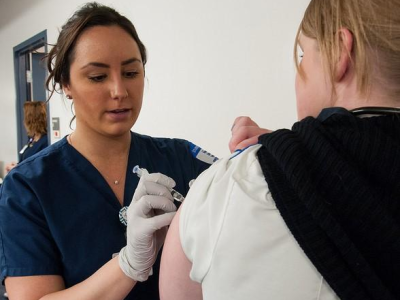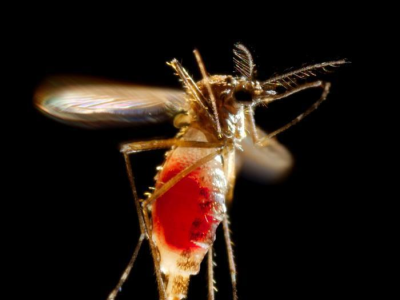Iceland's Food and Veterinary Authority (MAST) this week announced that highly pathogenic H5N5 avian influenza has been found during the autopsy of a kitten that died, according to a statement translated and posted by Avian Flu Diary, an infectious disease news blog.
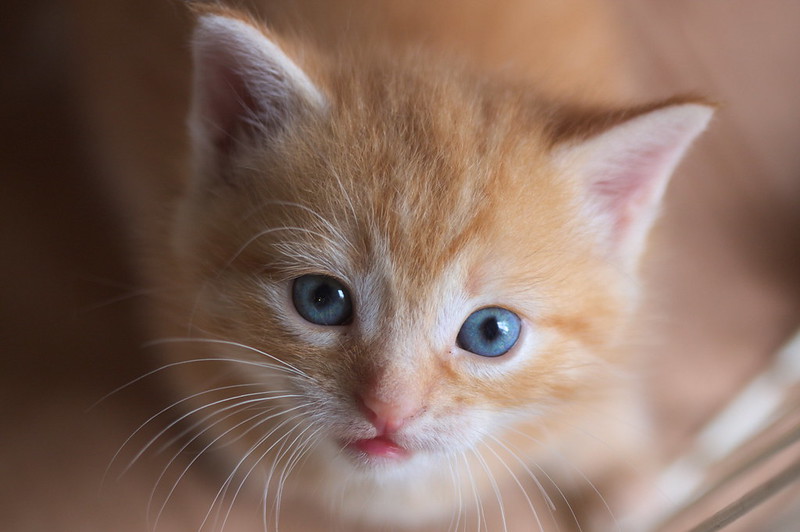
Officials said the 10-week-old kitten died on December 22, shortly after two cats from the same litter died but were not tested. Other littermates had left the home before the other cats were sick and remain asymptomatic.
The kittens are from Ísafjörður in the Westfjords region of northwest Iceland, but the one diagnosed as having H5N5 had arrived in Reykjavík, the country's capital.
MAST said the same H5N5 strain had been detected in Iceland's wild birds in September 2024 and in poultry in December 2024. It added that the cats likely contracted the virus from wild birds.
A separate report to the World Organization for Animal Health (WOAH) said the kittens' main clinical signs were lethargy, loss of appetite, cramps, and stiffness.
H5N5 expands geographic range, including Greenland
The most recent quarterly overview of avian flu from the European Centres for Disease Prevention and Control (ECDC) and the European Food Safety Agency (ESFA) said H5N5 viruses continue to expand their geographic and species range, with spillovers to domestic birds reported in Iceland, Norway, and the United Kingdom.
In a new related development, animal health officials in Greenland reported highly pathogenic H5N5 in a northern fulmar, a sea bird, found dead in October in the northwest, according to notification today from WOAH.
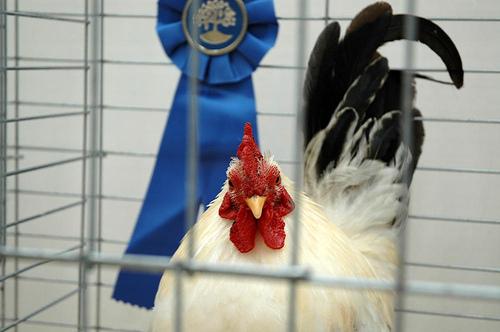
.jpg)
